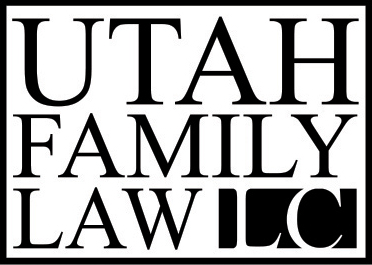Families often find themselves having to confront their conflict and dysfunction when a divorce is filed.
When families face conflict or dysfunction, therapy can (can, not always will, but can) help with reconciliation and, in extreme situations, help to heal psychological and emotional wounds suffered by children and parents alike.
Reunification therapy and family systems therapy are two approaches to trying to improve family dynamics but differ in their goals and methods.
Reunification therapy and family systems therapy get proposed a lot in divorce and child custody litigation. Frankly, they get proposed in an almost knee-jerk reaction response in high-conflict family litigation without sufficient thought and analysis as to whether they are needed or appropriate. But before we delve further into that subject, let’s understand how reunification therapy and family systems are described.
Reunification Therapy
Reunification therapy is often proposed when family members, often parents and children, have been separated due to issues like divorce, custody disputes, or abuse. This therapy aims to rebuild trust, resolve past trauma, and promote communication. It involves structured sessions with a therapist who try to help both parents and children address emotional barriers and to ensure the well-being of the child.
Family Systems Therapy
Family systems therapy takes a comprehensive approach, viewing the family as an interconnected system. It focuses on improving overall family functioning by addressing patterns of behavior and communication that contribute to dysfunction. This therapy is used in various situations, including chronic conflict, mental health issues, and addiction.
Key Differences
- Purpose and Goals:
– Reunification Therapy: Focuses on safely reuniting separated family members and rebuilding relationships.
– Family Systems Therapy: Aims to improve overall family functioning and communication.
- Focus on Family Members:
– Reunification Therapy: Emphasizes the parent-child relationship.
– Family Systems Therapy: Looks at the entire family system.
- Situational Context:
– Reunification Therapy: Used when families have been separated.
– Family Systems Therapy: Applied in various family situations to improve overall health.
- Therapeutic Approach:
– Reunification Therapy: Structured and directive.
– Family Systems Therapy: Holistic and less directive.
Understanding the differences between reunification therapy and family systems therapy is only the starting point, however. The key questions are whether reunification therapy and family systems therapy are worth the time, cost, and effort they entail, and do they work (do they do good, or do they at least do more good than harm)? Those questions are the subject of my next post.
Utah Family Law, LC | divorceutah.com | 801-466-9277
